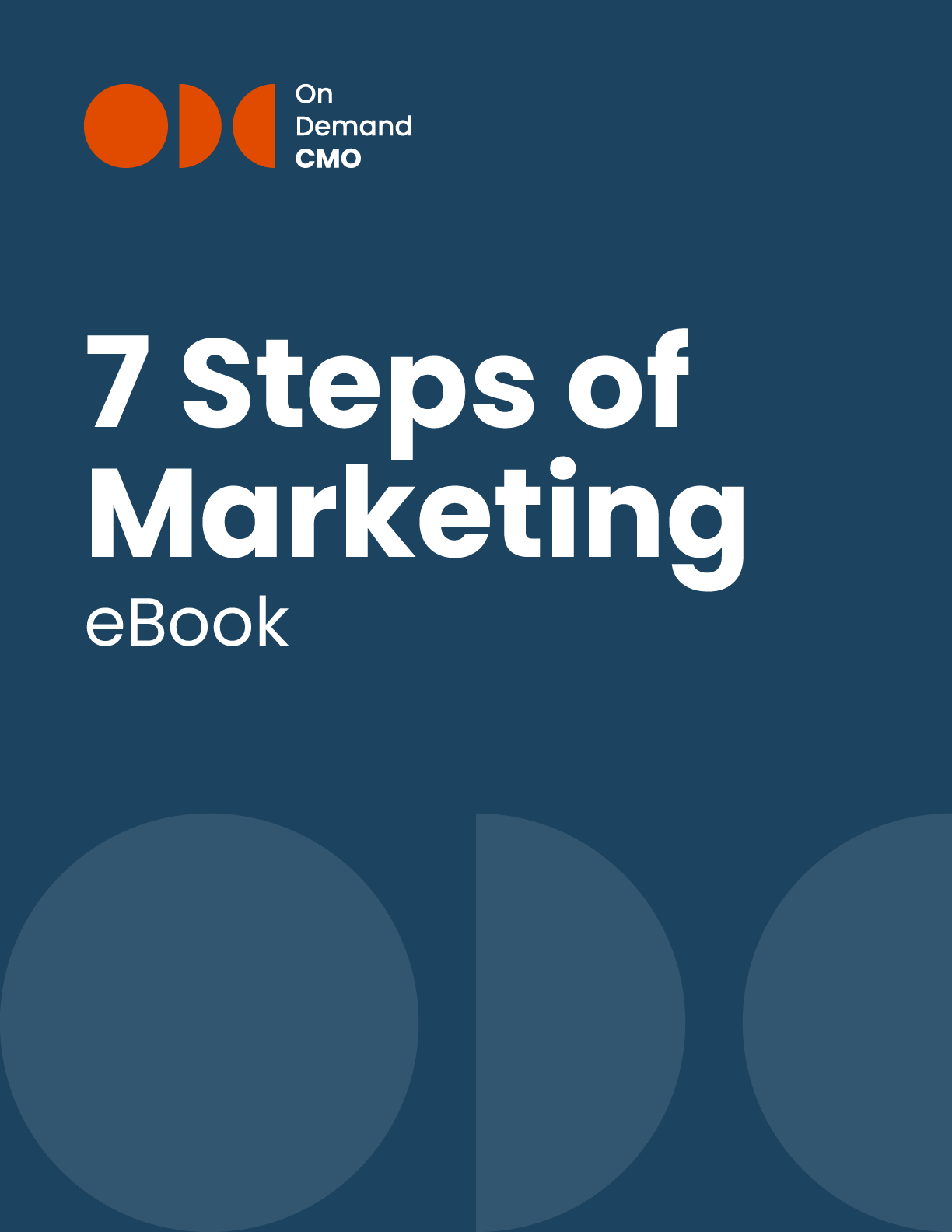
Despite all your best efforts, at some point, you will have an angry customer on your hands, loudly complaining about your poor service/defective product/whatever. Complaining customers have always been a fact of life for businesses; however, social media has added a whole new dimension and level of amplification to customer complaints. With that in mind, here are onDemand CMO’s Top 7 tips for managing customer complaints in the age of social media.
First, when it comes to customer complaints, understand that they will occur. It doesn’t matter if it’s your fault, the customer’s fault, or just an unfortunate accident—customer complaints happen. With social media now, angry customers can quite literally tell the world about their bad experience and quickly flush your brand’s reputation down the toilet, like when a British Airways customer spent $1,000 to trash the airline on Twitter with a promoted tweet after they lost his bags. The incident generated international news headlines and all because British Airways didn’t treat the man with respect and promptly handle his lost baggage claim.
To avoid finding yourself in that situation, think “LEE.” That is, Listen, Empathize, and Engage. Listen to your customers when they complain. Empathize with their feelings. Engage with them and make it right.
Remember, when a customer complains, they are actually giving you a gift—the gift of a second chance. This is an opportunity for you to not only win back your customer, but if done right, you can actually form a stronger bond with customer than if you had never messed up. Take advantage with the gift of a second chance with these tips and techniques:
1. Monitor social media for complaints.
If you’re not monitoring social media for complaints, then you are missing out on opportunities to provide excellent customer service. Today’s onmichannel consumers are more likely to complain to the members of their social network about you, than they are to reach out to you. So, you had better be monitoring social media if you want to find these complaints. (And by the way, ignoring complaints on social media won’t make them go away—it will just make you look like you don’t care and you’re out of touch!).
2. When you see a complaint or a negative review, reach out publicly.
Notice, I said “reach out,” not “rebut.” This is not the time to scream to the Internet that your customer is in the wrong. Instead, reach out to them to start a dialogue to fix their problem. This could be as simple as tweeting “Hey, I’m sorry you had a bad experience w/Product X. Here’s my email ([email protected]). I’d love to try & resolve this issue for you!”
This simple tweet has four key elements of a good response to a complaint:
3, Listen.
Always listen to the customer. Even if you can’t do anything about the customer’s problem, at least give them the courtesy of listening to them. You would be surprised at how often just listening is enough to defuse the conflict.
4, Don’t take the complaint personally.
It is very tempting when an irate client is yelling at you to take their complaints personally. Don’t—they’re not mad at you, they’re mad at your company. If you take their complaints personally, you will react in anger when calm heads are needed.
Instead, assume that the customer has a right to be angry and empathize with their plight. Apologize for the problem.
5, Apologize like a human being, not a machine.
Do you feel like your call is important when you get this message? “We’re sorry; all our operators are currently assisting other customers. Your call is very important to us; please wait for the next available operator.” Keep that in mind next time a customer complains to you.
Apologizing is an enormously powerful customer service tool. It doesn’t have to be anything fancy, just say you’re sorry and you want to make it right.
Don’t hide behind corporatespeak or act like a machine when dealing with an angry customer. Instead, treat your customers like you would your friends. That means apologizing and meaning it—not simply delivering a canned apology speech. That means personalizing your treatment for them—not trying to fit them in a one-size-fits-all-but-really-fits-none solution.
It’s the difference between “we’re sorry you feel that way,” and FedEx’s “absolutely, positively unacceptable.”
6, Don’t ignore people with only a few followers.
If you only reach out to people with lots of followers, people will quickly see through you. Your words may say that you care, but your actions will scream that you don’t. Also, you never really know who among your customers is influential and who is not. The person with 10 followers may have the ear of biggest client. Treat all your customers as if they had 100,000 Twitter followers.
7, Lastly, learn for the future.
Mistakes are opportunities for growth. Avoid future problems by learning from your past mistakes. This will eliminate countless headaches from your life and your future self will thank you.
How you handle complaints can make or break your business. Treat your customers right and they’ll keep coming back. Treat them poorly, and they’ll fight fire with fire. And that’s a battle you will lose every time, just like British Airways did.

OnDemandCMO has authored 7 Steps of Marketing, the only marketing guide book you’ll need to either get your marketing started properly, or stay on track strategically.
It features best practices on branding, messaging, social media, lead generation and much in between.
Please let us know who you are, and we'll share a few of our secrets (we don't sell or trade your info)!